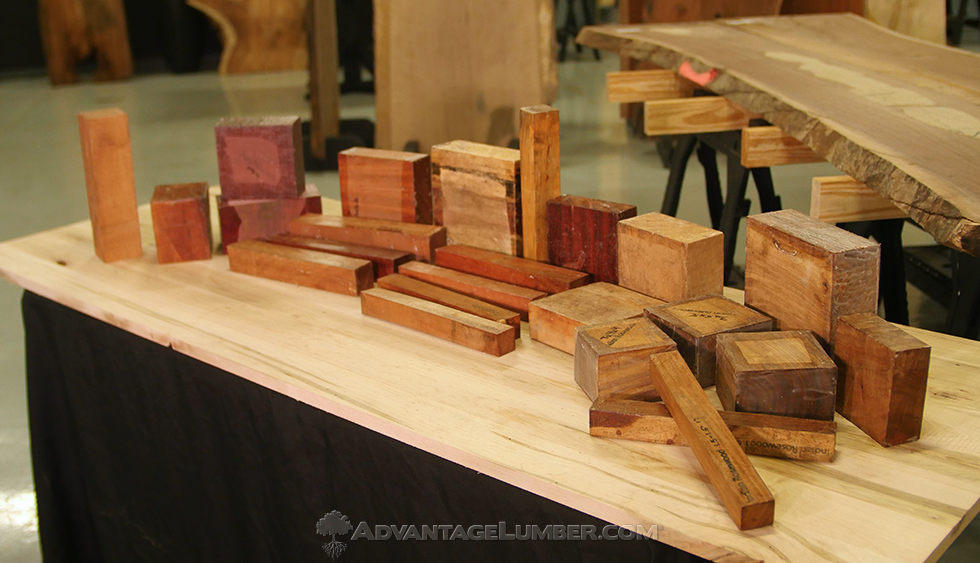- Scientific Name
- Cordia dodecandra
- Common Name(s)
- Ziricote
- Distribution
- Central America and Mexico
- Average Dried Weight
- 50 lbs/ft3 (805 kg/m3)
- Specific Gravity
- Basic: .65, 12% MC: .81
- Janka Hardness
- 1,970 lbf (8,780 N)
- Modulus of Rupture
- 16,400 lbf/in2 (113.1 MPa)
- Elastic Modulus
- 1,585,000 lbf/in2 (10.93 GPa)
- Crushing Strength
- 9,270 lbf/in2 (63.9 MPa)
- Shrinkage
- Radial: 3.5%, Tangential: 6.7%, Volumetric: 9.8%, T/R Ratio: 1.9
- Appearance
- Color ranges from medium to dark brown, sometimes with either a green or purple hue, with darker bands of black growth rings intermixed. Ziricote has a very unique appearance, which is sometimes referred to as “spider-webbing” or “landscape” grain figure. Quartersawn surfaces can also have ray flakes similar in appearance to those found on quartersawn Hard Maple. The pale yellowish sapwood is sometimes incorporated into designs for aesthetic effect, or to cut down on wastage.
- Texture
- Grain is straight to slightly interlocked. Medium to fine texture, with good natural luster. Endgrain: Diffuse-porous; solitary and radial multiples; large to very large pores in no specific arrangement, few; tyloses occasionally present; parenchyma vasicentric, confluent; wide rays, spacing normal to wide.
- Rot Resistance
- Ziricote is reported to be naturally resistant to decay.
- Workability
- Overall, Ziricote is fairly easy to work considering its high density. The wood tends to develop end and surface checks during drying, which can be problematic: though the wood is stable once dry. Also, pieces are usually available in narrow boards or turning squares, with sapwood being very common. Ziricote turns and finishes well, and in most instances, it can also be glued with no problems. (On rare occasions, the wood’s natural oils can interfere with the gluing process.)
- Odor
- Ziricote has a mild, characteristic scent while being worked, somewhat similar to the smell of Pau Ferro.
- Allergies/Toxicity
- Ziricote has been shown to cause cross reactions once an allergic sensitivity to certain woods has been developed. Woods that can cause initial sensitivity include: Pau Ferro, Macassar Ebony, Cocobolo, and most rosewoods.
- Pricing/Availability
- Likely to be quite expensive, exceeding the price of some rosewoods, and approaching the cost of some types of ebony. Also, planks of Ziricote commonly have varying amounts of pale sapwood included, which can contribute to high wastage if not incorporated into a project.
- Sustainability
- This wood species is not listed in the CITES Appendices or on the IUCN Red List of Threatened Species.
- Common Uses
- Furniture, veneer, cabinetry, gunstocks, musical instruments (acoustic and electric guitars), turned objects, and other small specialty wood items.
- Comments
- A truly unique-looking wood, Ziricote has very few imitators; perhaps only the occasional piece of figured Brazilian Rosewood exhibits the same spider-webbing grain figure.


